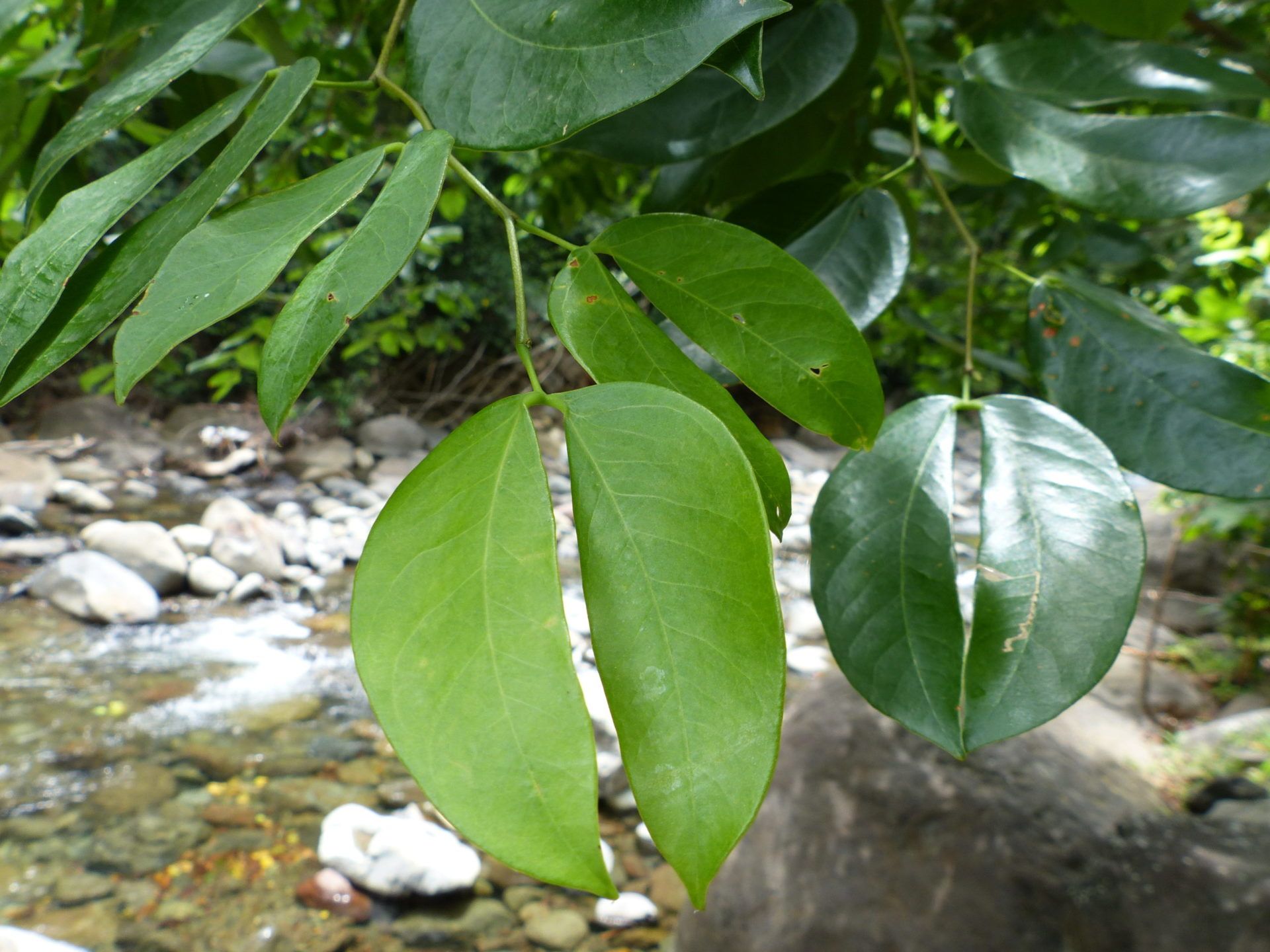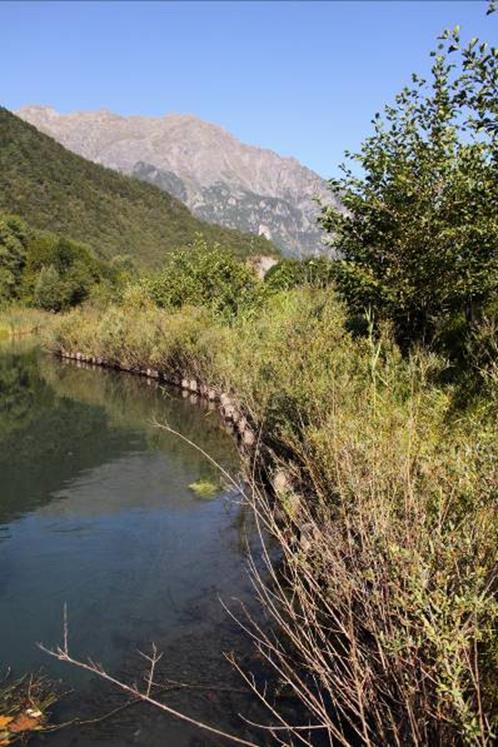Bioengineering is the implementation of techniques using plants and the mechanical properties of the aerial and root parts to maintain soils, in engineering structures, particularly to deal with problems related to erosion.
Caribbean islands are regularly subject to rainfall and tropical storms, and cyclonic events that produce heavy rainfall associated with high winds. These events generate high levels of flooding, produce landslides and erosion, destabilization of the canopy, and reduction of soil stability due to water saturation.
Bioengineering makes it possible to respond to the twofold problem of preserving natural environments and protecting property and people. The development of ecological engineering is thus fully in line with sustainable land development policies implemented by local authorities, particularly in the context of aquatic environment management and flood prevention (GEMAPI).
Ecological engineering techniques can be used to carry out bank protection works or stabilize embankments, but also restore, rehabilitate or replant degraded environments.
Based on natural models, bioengineering is a multidisciplinary solution at the crossroads of engineering, water, soil and biological sciences.

Compared to civil engineering, bioengineering is a more environmentally friendly alternative.
Bioengineering on riverbanks helps maintain or restore the biodiversity of environments and functions associated with riparian areas: shading and oxygenation of watercourses, filtration of inputs, reproduction and feeding areas for fish, crustaceans and insects, etc.

Furthermore, the use of native species in bioengineering worksites helps to conserve the local heritage of Guadeloupe’s particularly rich vegetation, but also to fight against the development of invasive alien species that threaten biodiversity. The increasing number of species in natural environments also promotes the resilience of the environments, and therefore their response to major climatic events.

The use of bioengineering techniques also ensures that a buffer zone is maintained between the aquatic and terrestrial environments, thus preserving a biological corridor essential for fauna and flora.
Learn more about the implementation of the project Trame verte et bleue . >Learn more about the project Trame bleue >
Technically speaking, bioengineering also has many advantages.
Bioengineering techniques can be as resilient as some civil engineering structures. Unlike civil engineering structures, their efficiency increases over time.
The diverse techniques available make it possible to adapt to many contexts, and bioengineering structures are flexible, resilient and adaptable to changes in evolving, complex aquatic environments.
Moreover, these techniques are better integrated in the landscape, they use less fossil energy, are often less expensive and require local technical expertise.
